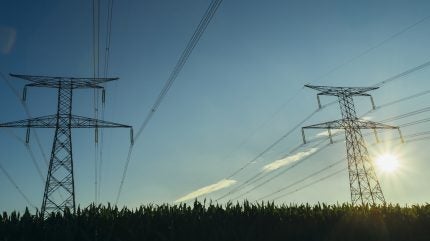
Germany’s grid regulator has approved the A-Nord power link, a 2GW subterranean direct current line spanning more than 300km in northwestern Germany.
Planned since 2018, the transmission link will connect the offshore wind power port of Emden with Meerbusch near Düsseldorf, as reported by Reuters.
The transmission link is expected to commence operation by mid-2027, enhancing renewable power usage and decarbonising Germany’s energy mix.
Klaus Mueller, president of the Bundesnetzagentur, announced the approval and anticipates the approval of a second line, Ultranet, in the second half of 2025.
“The rightly expected network expansion will be sped up and turned into reality,” he stated.
The development is part of a broader infrastructure upgrade to transmit wind energy from the north to the south of the country.
The initiative involves constructing 9,600km of high-voltage grids, with 4,400km expected to receive approval in 2025.
DC [direct current] transmission technology, used in A-Nord, offers faster delivery and reduced transmission losses compared to the alternating current [AC] lines common in Europe.
A-Nord will link with Ultranet, forming a 600km corridor.
Ultranet, unlike A-Nord, will mostly utilise existing overhead lines, running from Duesseldorf to Philippsburg in Baden-Wuerttemberg state, southwestern Germany.
This area hosts significant industrial power consumers such as Mercedes-Benz and Bosch.
Germany, Europe’s largest wind power producer, has been facing its most prolonged period of below-average wind power generation since early 2021 due to sustained low wind speeds since October 2024.
Wind power in Germany typically peaks in the winter months when wind speeds are highest.
The recent shortfall has led German power companies to increase reliance on fossil fuels and power imports.



